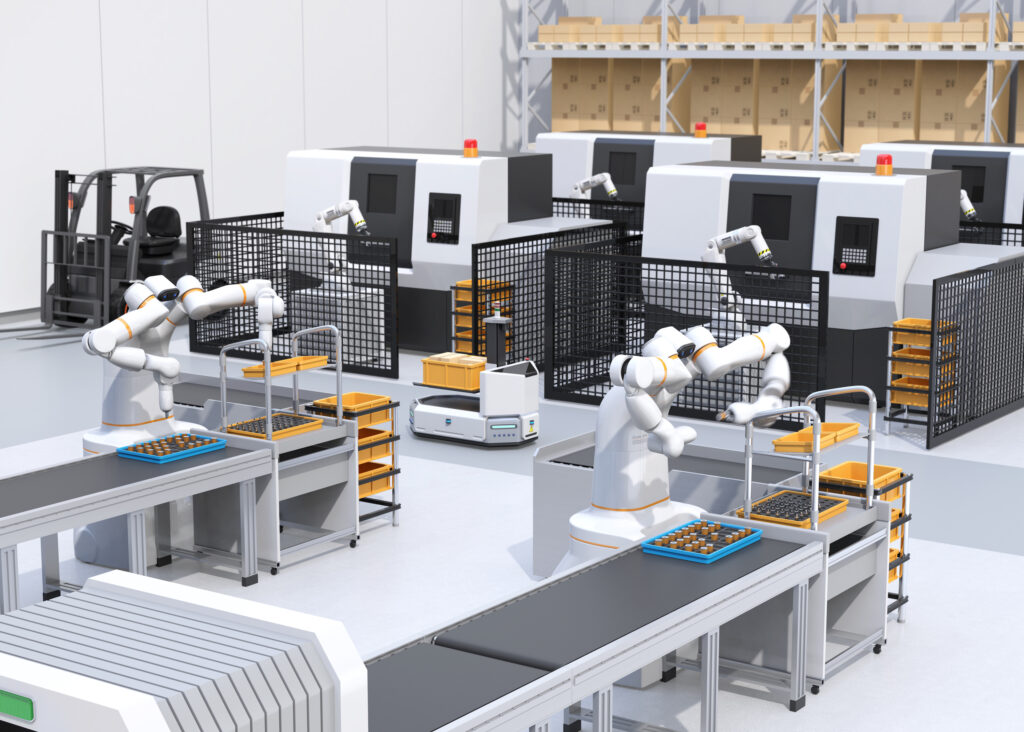In todays fast-paced business world, the integration of technology into daily operations is no longer a luxury but a necessity. As we delve into the realm of cutting-edge technology, one concept that stands out is connected printing environments. These environments are not merely about connecting a printer to a computer; they involve a sophisticated network of systems that enhances the way businesses manage their printing needs.
Connected printing environments bring to mind a seamless blend of devices all working in unison to simplify processes, reduce costs, and improve productivity. For businesses aiming to stay competitive, understanding and implementing such environments can be a game-changer.

What are Connected Printing Environments?
A connected printing environment refers to an ecosystem where all printing devices are interconnected via a network. This setup allows for more streamlined operations, as well as real-time updates and management of print jobs. By having all devices linked, businesses can monitor and control printing activities centrally, ensuring efficiency and enhancing workflow.
The Importance of Networked Printers
Networked printers play a pivotal role in connected printing environments. These printers are equipped with features that enable them to connect to the internet, cloud services, and other devices. This connectivity allows them to function as smart devices, rather than just standalone machines. With networked printers, businesses can easily track printer usage, perform maintenance, and manage tasks remotely.
Integration with IoT
The Internet of Things (IoT) has revolutionized various sectors, and printing is no exception. Connected printing environments often incorporate IoT to enhance functionality and performance. IoT integration allows printers to communicate with other devices, thus creating a more efficient and responsive environment. For more insights into IoT and its applications, you may visit A3Logics Blog on IoT in Manufacturing.
Benefits of Connected Printing Environments
Cost Efficiency
One of the most significant advantages of connected printing environments is cost efficiency. By centralizing the management of print tasks and device maintenance, companies can significantly reduce operational costs. Automated supply ordering and usage tracking ensure that resources are utilized optimally, minimizing waste.
Enhanced Security
Security is a top concern for businesses today, and connected printing environments offer enhanced security features. Networked printers can be configured with security protocols to protect sensitive information. Moreover, print jobs can be monitored, and unauthorized access can be restricted, providing an additional layer of security to safeguard corporate data.
Improved Productivity
By incorporating connected printing environments, businesses can significantly enhance their productivity. The ability to send print jobs from any connected device and receive real-time updates minimizes downtime and boosts efficiency. Employees spend less time managing print tasks, allowing them to focus on more critical business processes.
Implementing Connected Printing Environments
Assessing Your Needs
Before implementing connected printing environments, it is crucial to assess your business needs. Determine the number of devices that will be connected, the volume of print jobs, and the specific features required. This assessment will guide the choice of hardware and software necessary for setting up the environment.
Choosing the Right Hardware
Selecting the appropriate hardware is paramount to the success of connected printing environments. Opt for printers that are IoT-enabled, capable of connecting to networks seamlessly, and equipped with advanced functionalities. Ensure they are compatible with your existing infrastructure to prevent compatibility issues.
Configuring the Network
Setting up a robust network is vital for the smooth operation of connected printing environments. The network must ensure seamless communication between devices and support the data traffic generated by print tasks. Proper configuration and continual monitoring of the network will help maintain optimal performance.
Key Challenges and Solutions
Data Security Concerns
With digital connectivity comes the risk of data breaches. Companies need to enforce strict security measures to protect sensitive information within connected printing environments. Regular updates and audits, together with robust encryption techniques, can help mitigate these risks.
Compatibility Issues
When integrating new technology, compatibility can be a significant hurdle. Businesses must ensure that all devices and software are compatible with each other to avoid disruptions. Conducting thorough research and consulting with technology experts will help in choosing compatible solutions.
Future of Connected Printing Environments
Technological Advancements
The future of connected printing environments is promising, with technological advancements continually emerging. Innovations in Artificial Intelligence and Machine Learning are likely to further streamline operations and enhance automation in printing processes. Businesses that adopt these technologies early on will have a competitive advantage.
Sustainability Initiatives
As businesses strive towards sustainability, connected printing environments play a crucial role. By optimizing print jobs, reducing paper waste, and supporting eco-friendly practices, these environments contribute to a businesss sustainability objectives.
Impact on Industries
The impact of connected printing environments extends across various industries. From education to healthcare, businesses are leveraging these environments to enhance service delivery, reduce costs, and improve operational efficiency.

FAQs About Connected Printing Environments
What is a connected printing environment?
A connected printing environment is a setup where all printing devices are networked to allow centralized management, improving efficiency and reducing costs.
How does IoT affect printing environments?
The integration of IoT into printing environments enhances connectivity and enables smart functionalities, making print management more efficient.
What industries benefit from connected printing environments?
Industries such as education, healthcare, and manufacturing can significantly benefit from the efficiency and cost-saving advantages offered by connected printing environments.
For further reading on smart printing technology, consider visiting The Role of IoT in 3D Printing.
This article contains affiliate links. We may earn a commission at no extra cost to you.







